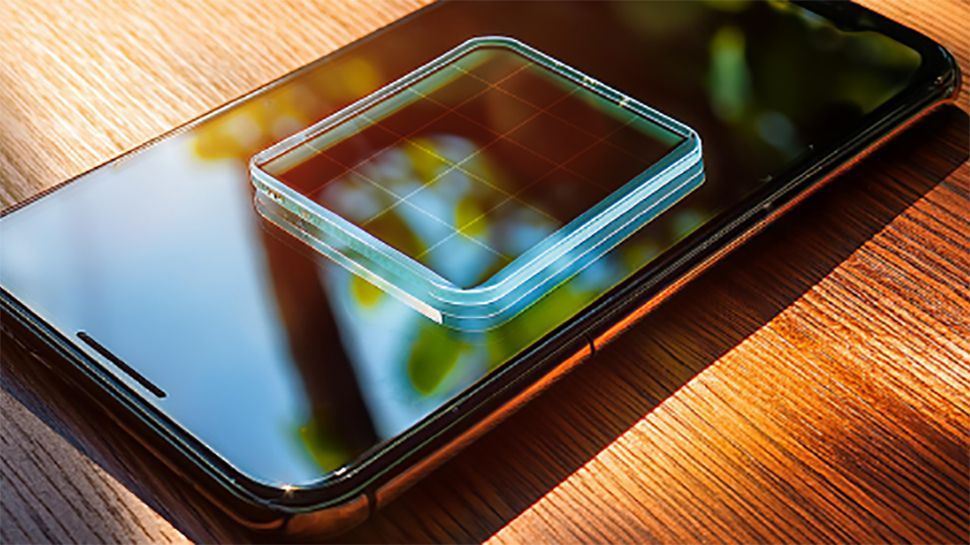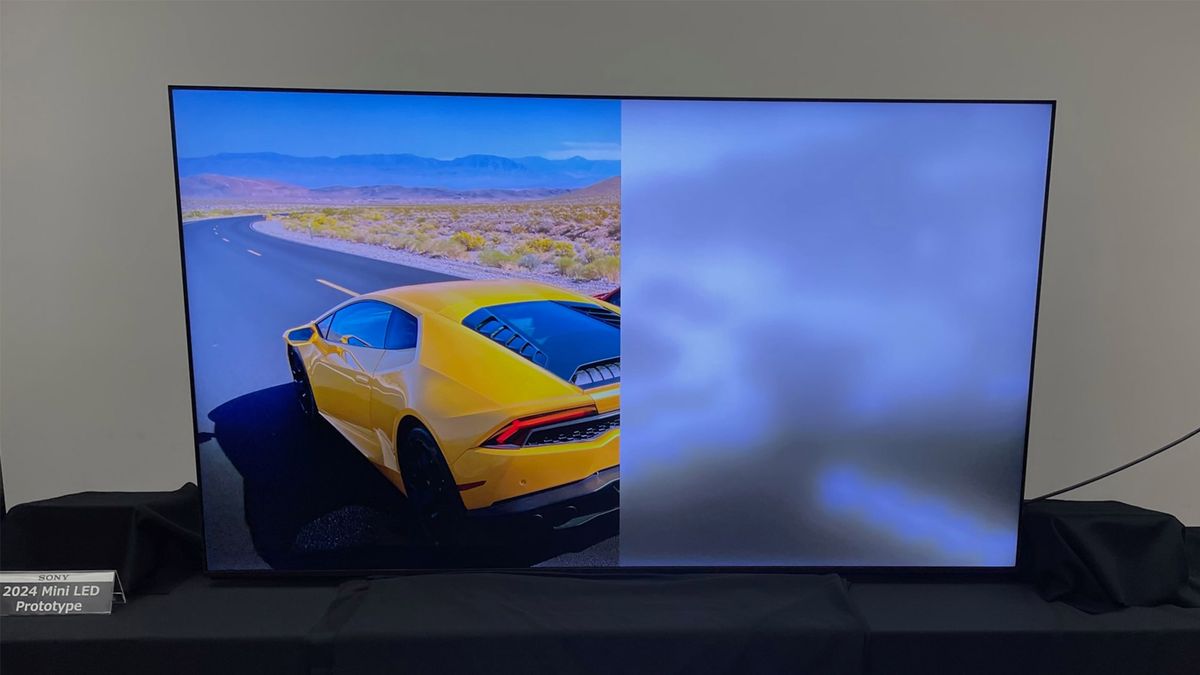Imagine a world where your smartphone charges itself when exposed to sunlight, without the need for cables or power outlets.
Researchers have long looked for ways to integrate renewable energy into everyday objects, and this futuristic vision is now closer to reality, thanks to a breakthrough that could allow devices to charge directly through their screens.
A research team from the School of Chemical and Energy Engineering at the Ulsan National Institute of Science and Technology (UNIST) has developed transparent solar cells that can be integrated into the glass surfaces of mobile devices, cars and buildings, offering efficient and without interruptions. way to generate energy from sunlight.
Ecological energy of the future
Led by Professor Kwanyong Seo, the transparent solar cell and module have a glass-like appearance, colorless and transparent. The team achieved this by using a “full contact” design, which places all of the solar cell components on the back, ensuring the front remains visually unobstructed. The researchers also developed seamless modularization technology, which eliminates gaps between solar cells and eliminates the need for opaque metal cables, which previously compromised the appearance of transparent solar cells.
The team's 16cm² transparent solar cell module achieved high efficiency, with transmittance ranging from 20% to 14.7%, and successfully charged a smartphone using natural sunlight, demonstrating the potential of screens to serve as energy sources.
“This study fundamentally solved the aesthetic problem of the existing solar cell modularization method by designing the new device structure,” said researcher Jeonghwan Park and research assistant professor Kangmin Lee. “This presents the possibility that transparent silicon solar cells could be used in various industries, such as in small devices, as well as in buildings and automotive glass.”
Professor Seo added: “We have opened a new path for modularization research, which is essential for the commercialization of transparent silicon solar cells. “We plan to continue research so that transparent solar cells can become a key technology in the environmentally friendly energy industry of the future.”
The study was published in Proceedings of the National Academy of Sciences (PNAS).









